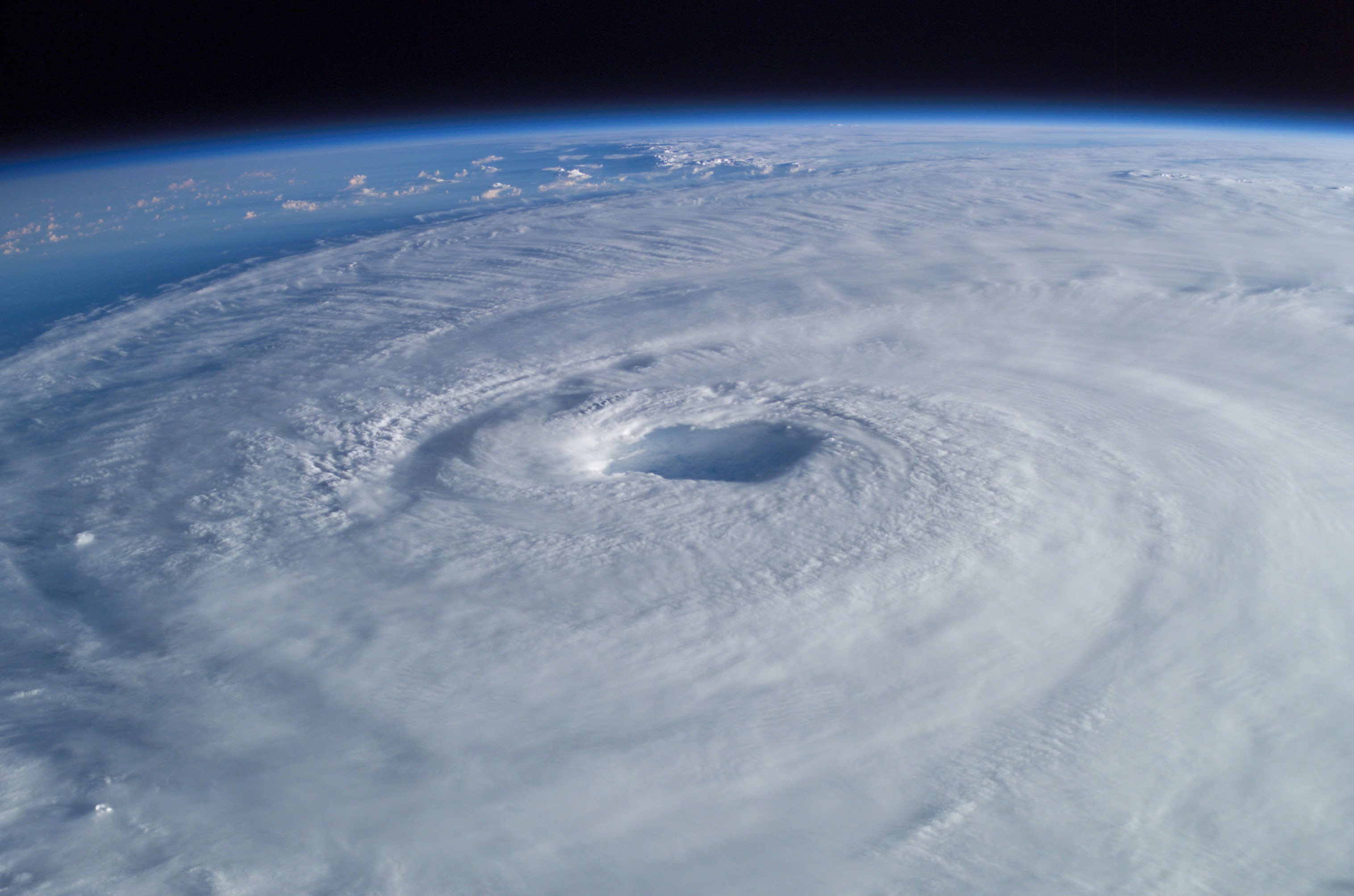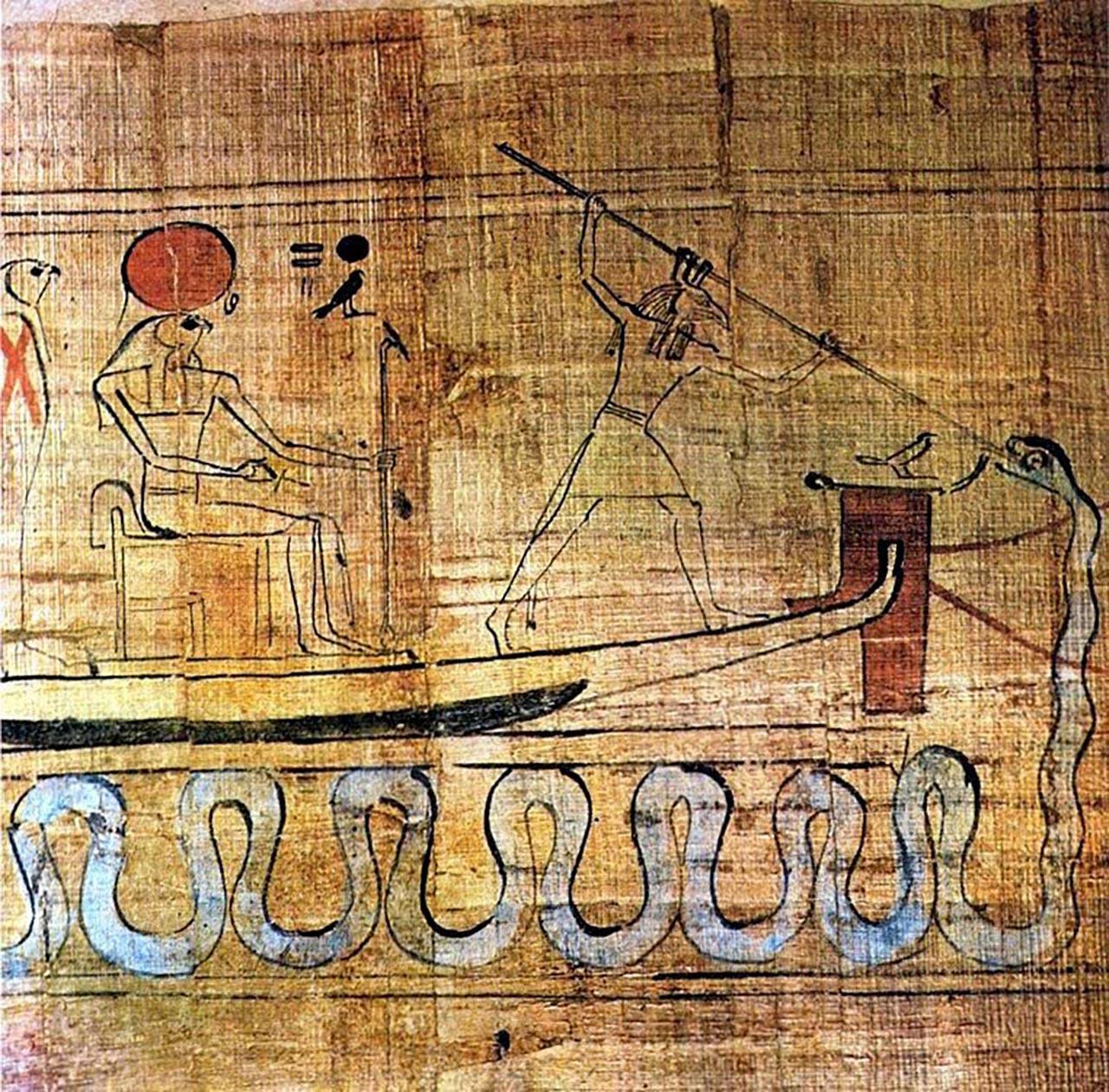|
Guabancex
Guabancex is the zemi or deity of chaos and disorder which the Taíno natives in Puerto Rico, Hispaniola, Jamaica, and Cuba, Arawak natives elsewhere in the Caribbean. She was described as a mercurial goddess that controlled the weather, conjuring storms known as "juracán" when displeased. The latter term was later used to name the climatological phenomenon that is now known as a hurricane in the Western Hemisphere. The Taínos were aware of the spiraling wind pattern of hurricanes, a knowledge that they used when depicting the deity. Her zemi idol was said to depict a woman, but the most common depiction of Guabancex presents a furious face with her arms extended in a "~" pattern. Etymology From Juracán we derive the Spanish word ''huracán'' and eventually the English word ''hurricane''. As the pronunciation varied across indigenous groups, many of the alternative names, as mentioned in the OED, included furacan, furican, haurachan, herycano, hurachano, hurricano, and so on ... [...More Info...] [...Related Items...] OR: [Wikipedia] [Google] [Baidu] |
Yúcahu
YúcahuFray Ramón Pané 1999, p.4 —also written as Yucáhuguama Bagua Maórocoti, Yukajú, Yocajú, Yokahu or Yukiyú— was the masculine spirit of fertility in Taíno mythology.Stevens-Arroyo 2006, p.221 He was the supreme deity or zemi of the Pre-Columbian Taíno people along with his mother Atabey who was his feminine counterpart. Dominant in the Caribbean region at the time of Columbus’ First voyages of Discovery, the peoples associated with Taíno culture inhabited the islands of the Bahamas, the Greater Antilles, and the Lesser Antilles.Rouse 1993, p.13Rouse 1993, p.5 Mythology Yúcahu was the supreme deity of the Taíno people. "They call him Yúcahu Bagua Maórocoti" is the earliest mention of the zemí taken from the first page of Fray Ramón Pané's ''Account of the Antiquities of the Indians''. As the Taíno did not possess a written language, the name is the phonetic spelling as recorded by the Spanish missionaries, Ramón Pané, and Bartolomé de las Casas. ... [...More Info...] [...Related Items...] OR: [Wikipedia] [Google] [Baidu] |
Taíno People
The Taíno were a historic indigenous people of the Caribbean whose culture has been continued today by Taíno descendant communities and Taíno revivalist communities. At the time of European contact in the late 15th century, they were the principal inhabitants of most of what is now Cuba, Dominican Republic, Jamaica, Haiti, Puerto Rico, the Bahamas, and the northern Lesser Antilles. The Lucayan branch of the Taíno were the first New World peoples encountered by Christopher Columbus, in the Bahama Archipelago on October 12, 1492. The Taíno spoke a dialect of the Arawakan language group. They lived in agricultural societies ruled by caciques with fixed settlements and a matrilineal system of kinship and inheritance. Taíno religion centered on the worship of zemis. Some anthropologists and historians have claimed that the Taíno were exterminated centuries ago or they gradually went extinct by blending into a shared identity with African and Spanish cultures. However, many ... [...More Info...] [...Related Items...] OR: [Wikipedia] [Google] [Baidu] |
Zemi
A zemi or cemi was a deity or ancestral spirit, and a sculptural object housing the spirit, among the Taíno people of the Caribbean.Bercht et al, 23 They were also created by indigenous South Americans.Bercht et al, 24 Theology Taíno religion, as recorded by late 15th and 16th century Spaniards, centered on a supreme creator god and a fertility goddess. The creator god is Yúcahu Maórocoti and he governs the growth of the staple food, the cassava. The goddess is Attabeira, who governs water, rivers, and seas. Lesser deities govern natural forces and are also zemis.Bercht et al, 23 Boinayel, the Rain Giver, is one such zemi, whose magical tears become rainfall."Deity Figure (Zemi) Dominican Republic; Taino (1979.206.380)" In Heilbrunn Timeline of Art History. New York: The M ... [...More Info...] [...Related Items...] OR: [Wikipedia] [Google] [Baidu] |
Chaos Gods
A chaos deity is a deity or more often a figure or spirit in mythology associated with or being a personification of primordial chaos. The following is a list of chaos deities in various mythologies. Africa and the Middle East Afroasiatic Middle East Arabian * Falak * Hinn and Binn Canaanite * Yam, god of the sea and primordial chaos * Tannin (monster) Egyptian * Apep the ultimate evil of Egyptian mythology in snake form * Isfet chaos, disorder, and injustice - opposed to Maat * Nu (mythology) primordial waters * Set (deity) was not originally evil, but developed into a hated figure thanks to the invading Hyksos who identified him with their chief god, fights Apep. Hebrew * Leviathan (is referred to as a reptilian aquatic animal in the Bible, but has also been used as an image of Satan). Mesopotamian * Tiamat Western Eurasia Celtic * Fomorians – monstrous Irish sea-demons deposed by the Tuatha dé Danann Norse-Germanic * Midgard Serpent * Nidhogg * Surtr * Ymir G ... [...More Info...] [...Related Items...] OR: [Wikipedia] [Google] [Baidu] |
Huracan
Huracan (; es, Huracán; myn, Hunraqan, "one legged"), often referred to as ''U Kʼux Kaj'', the "Heart of Sky", is a Kʼicheʼ Maya god of wind, storm, fire and one of the creator deities who participated in all three attempts at creating humanity. He also caused the Great Flood after the second generation of humans angered the gods. He supposedly lived in the windy mists above the floodwaters and repeatedly invoked "earth" until land came up from the seas. His name, understood as 'One-Leg', suggests god K of Postclassic and Classic Maya iconography, a deity of lightning with one human leg, and one leg shaped like a serpent. God K is commonly referred to as Bolon Tzacab and Kʼawiil or Kauil. The name may ultimately derive from ''huracan'', a Carib word,Read & González 2000, p.200. and the source of the words ''hurricane'' and ''orcan'' (European windstorm). Related deities are Tohil in Kʼiche mythology, Bolon Tzacab in Yucatec mythology, Cocijo in Zapotec mytholog ... [...More Info...] [...Related Items...] OR: [Wikipedia] [Google] [Baidu] |
El Yunque, Puerto Rico
:''This article refers to the mountain. For information on the national forest, see El Yunque National Forest. For the mountain in Cuba, see El Yunque.'' Pico El Yunque or El Yunque Peak (Taíno: ''Yukiyu'') is a mountain that is located fully within the boundaries of the El Yunque National Forest, part of the U.S. Forest Service, which is the only tropical rainforest under the U.S. Forest Service jurisdiction. It is located in the municipality of Río Grande. Background The peak itself, standing at above sea level is not the highest in Puerto Rico or even the Sierra de Luquillo range where it is located. It is however the most famous peak due to its curious shape, its natural environment and history, and for its cultural importance to the Taino people. The peak is nearly always covered in thin mist and, due to its high humidity, a quick shower develops during some afternoons. The hike to the top from the Mina Falls is not challenging yet it takes almost hours. This peak is ... [...More Info...] [...Related Items...] OR: [Wikipedia] [Google] [Baidu] |


_MET_DP295635.jpg)
